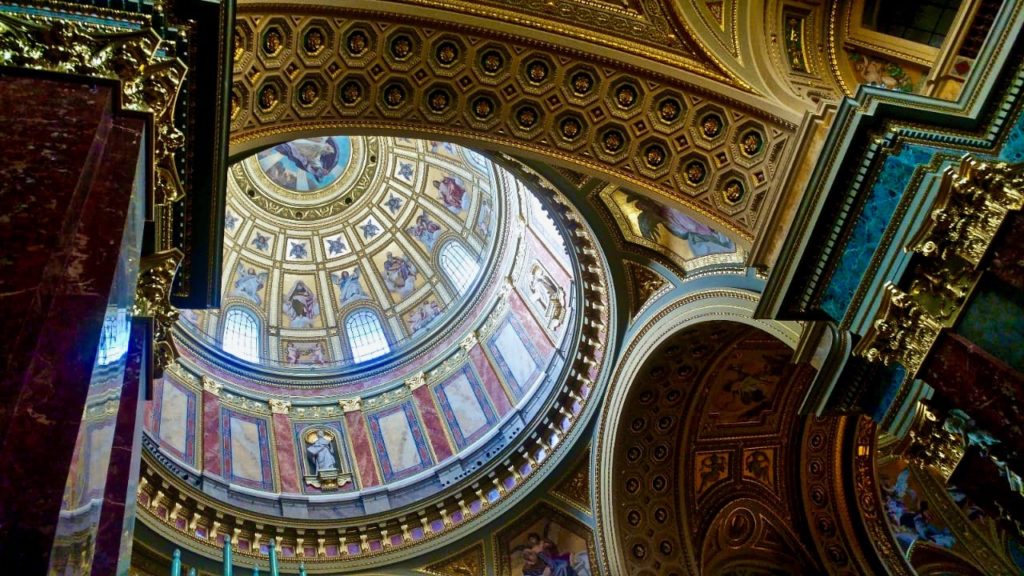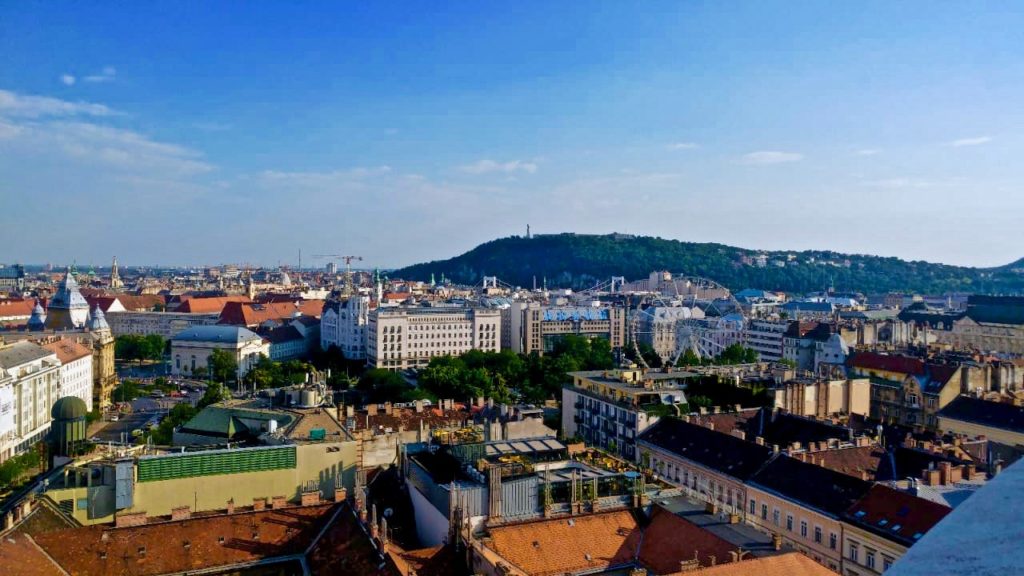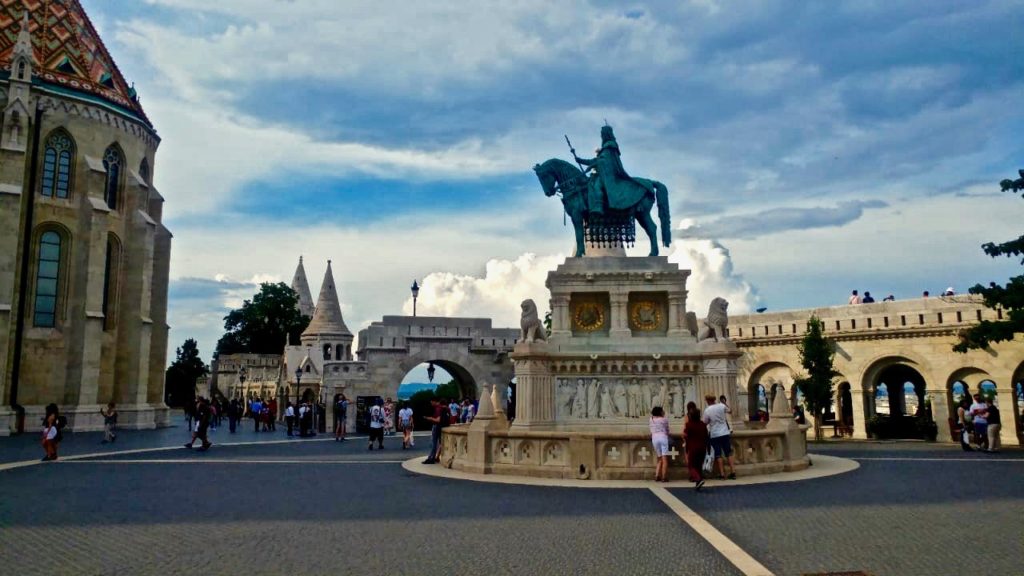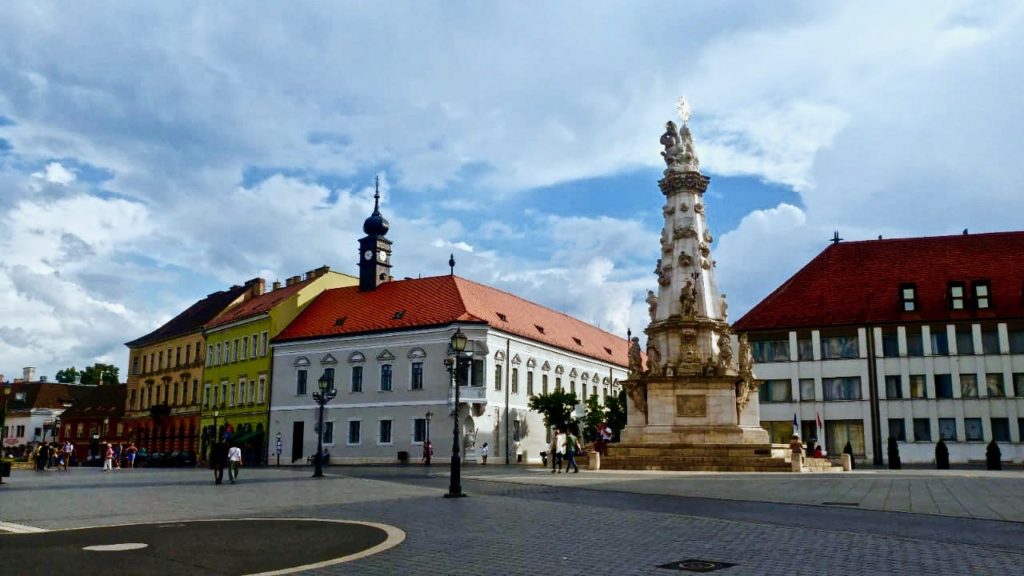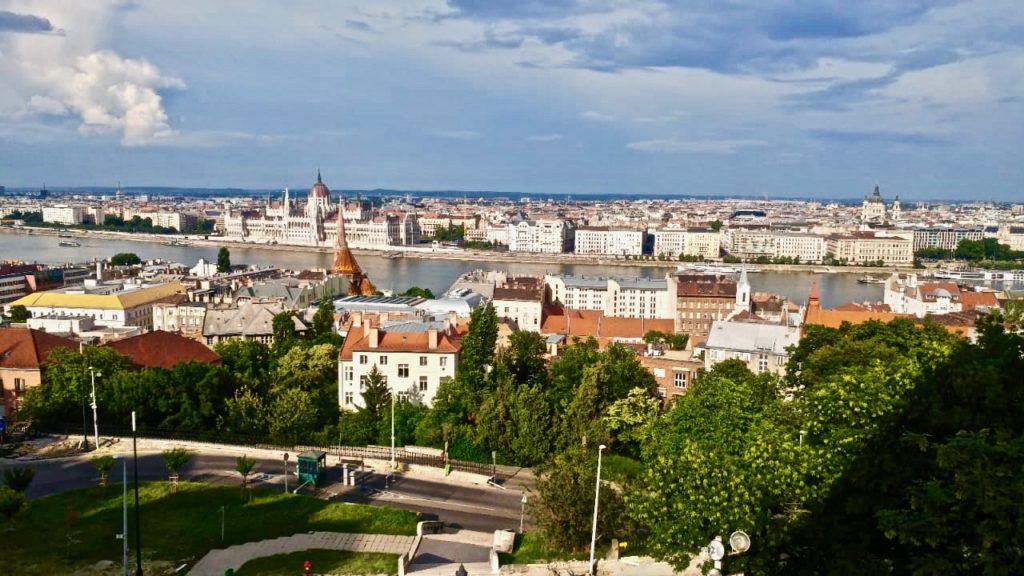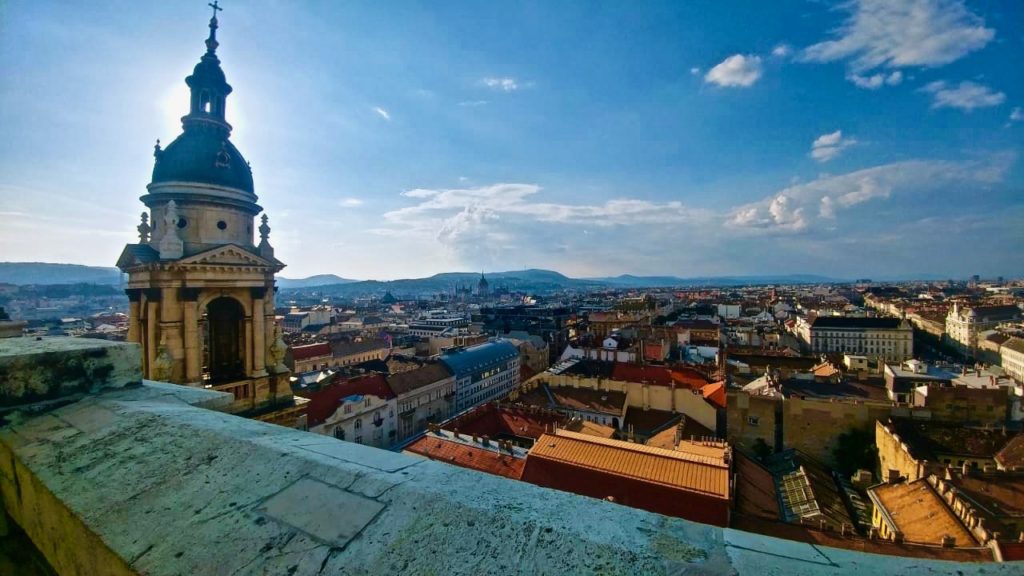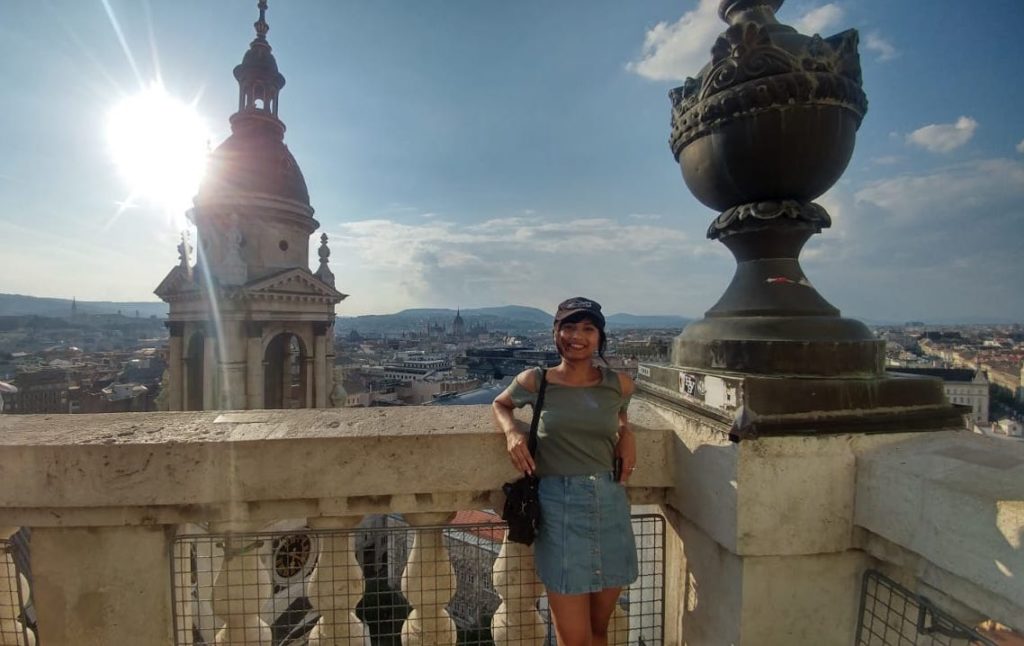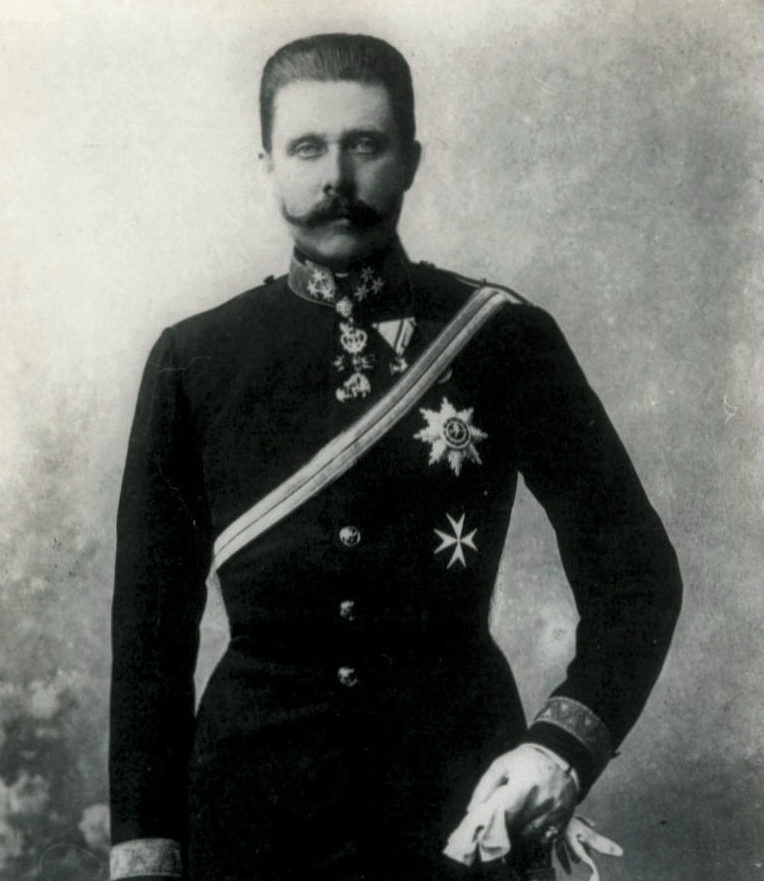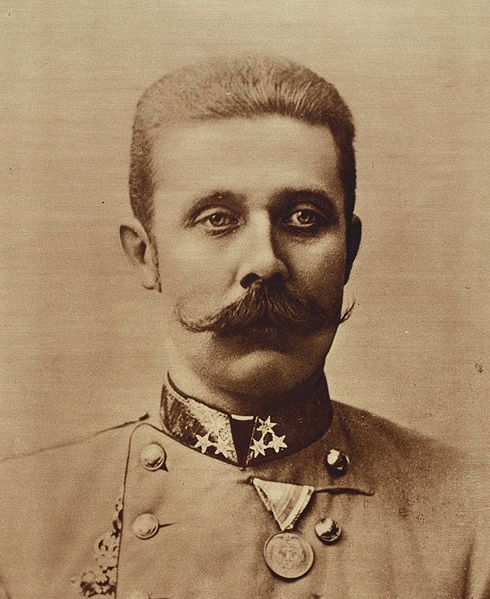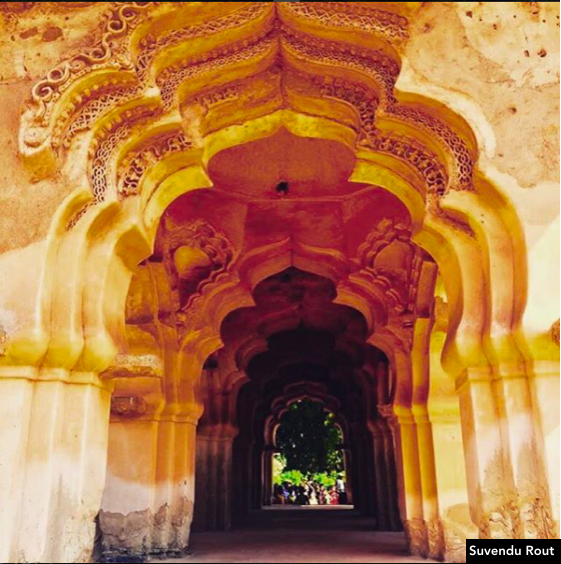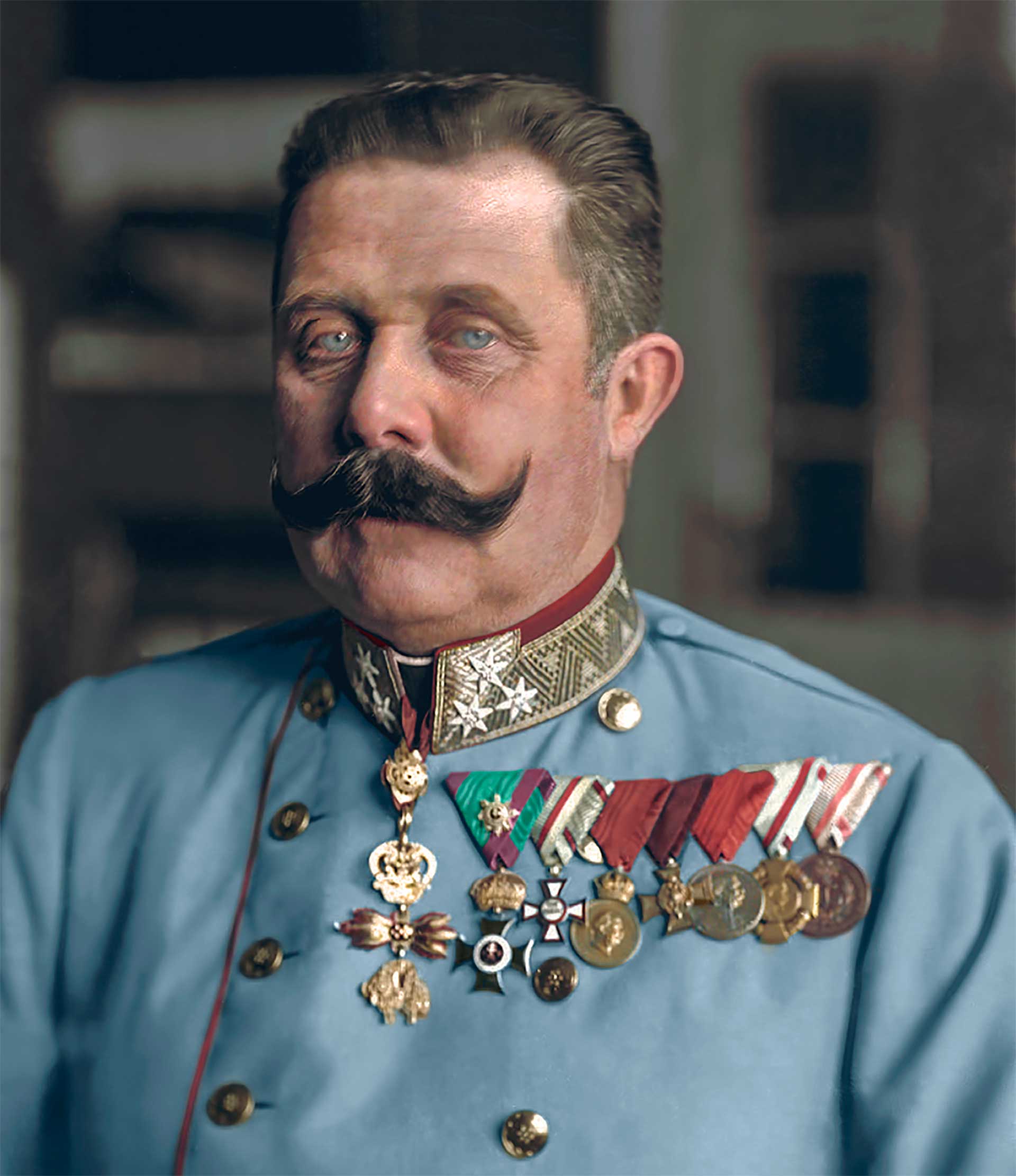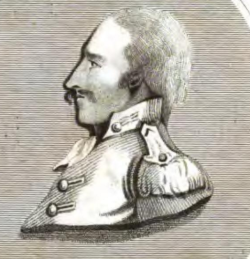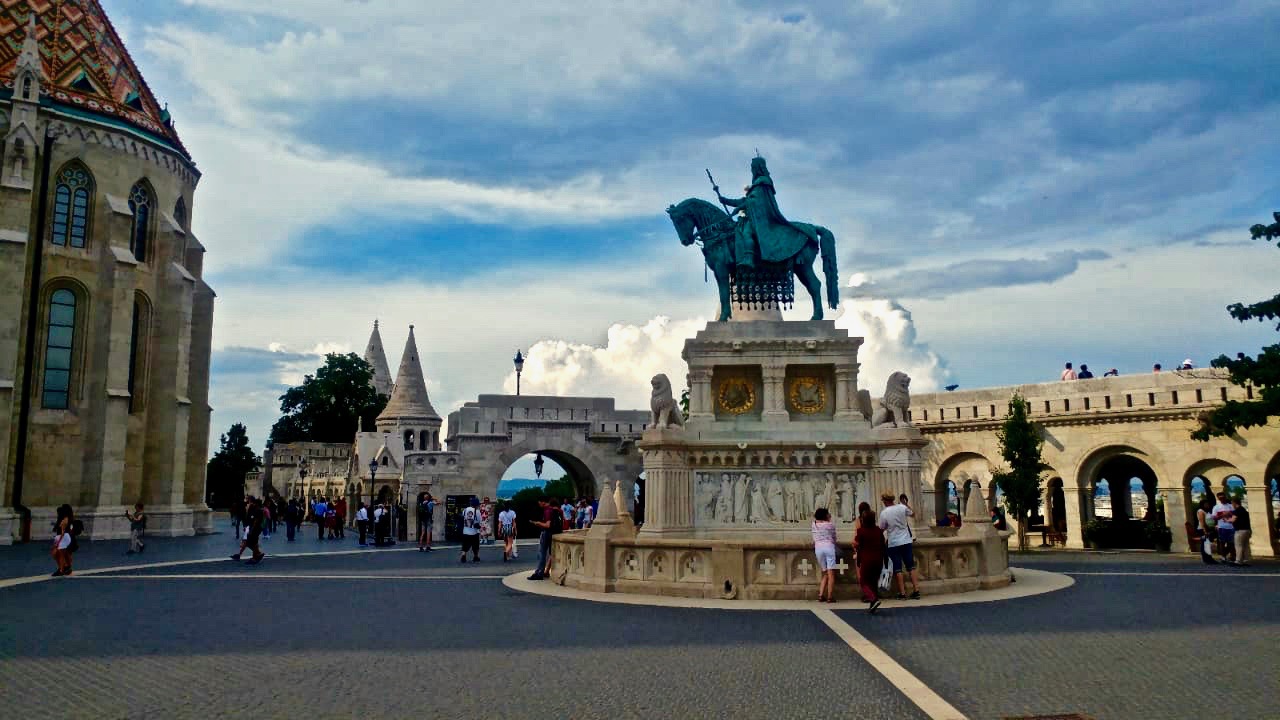
Exploring the Pearl of the Danube: Things to Do In Budapest
Exploring the Pearl of the Danube: Things to Do In Budapest
Antara Das explores Budapest, a melting pot of cultures filled with history and vibrance
Budapest, made of two towns Buda and Pest, are split by the Danube but connected by bridges. They were once two different cities. Everyday there is something new to find or discover here, as the locals suggest.
Yes, this city has a lot to offer, right from it’s rich historical architectures, to bustling nightlife, cafes and amazing food. Budapest will savour all your senses. So on the occasion of my birthday which other city to explore than this beautiful Eastern European wonderland.
Heading Out
Filled with enthusiasm we started out to get the glimpse of the city. It was really impressive.
Sunday morning streets were bustling with tourists, enjoying the warmth (even though it was as high as 30°C), savouring their eyes with pretty streets adorned with Roman, Turkish, Gothic styled architectures.
Budapest really has it all, serving as the melting pot of cultures. Did you know Hungarian, the local language itself finds its root somewhere in Finnish and Turkish!
After having exchanged currency, (Euro to Forint) which is important by the way, as most places as of date (June 2018) accept their local HUF forints, we headed towards the St. Stephen’s Basilica to meet our team guide Szabi.
Szabi is a Hungarian, born and raised in Budapest, and was the perfect person to guide us to through the city.
Our tour started at the St. Stephen’s Basilica
St Stephan’s Basilica
The Basilica is in honoured on the St. Stephen, the first king of Hungary. It is the largest in Budapest with a capacity of 8500 people.
The planning and collection of money to built this Basilica began in 1810 but the entire structure was finally completed in 1905.
József Hild was employed as the architect. He drew up his plans and the work began on 14th August, 1851. On his passing, the work was given to Miklós Ybl, a famous architect.
Unfortunately, in 1868 the drum of the church’s cupola crashed to the ground. Ybl because of his foresight could save lives. The entire construction came to a halt for almost a year. Miklós Ybl drew up a new plan in the neo-renaissance style contrary to Hild’s Hellenistic and Classical style. The fault though wasn’t in the design but the materials used to construct the cupola.
In 1891, Ybl also died and the final work was carried out by József Kauser. Finally in 1905 almost a century after the construction plans had been drawn, this beautiful church had been completed. Pope Pius XI named it as a Basilica Minor in 1931.
Exploring Pest
Szabi gives a brief explanation of how Hungary was once under Czech-Slovakia, Romania and parts of Austria. I had been to Prague so I could feel the similarities of the city’s architecture.
We headed to Elizabeth square.
The Story Of Elizabeth Square
Princess Elizabeth was lovingly called SiSi. She was from Bavaria in Germany but was much loved and adored in Budapest. She had married Franz Joseph who was from Hungary, and she was fluent with the language herself.
The city loved the Princess so much that there is bridge named after her as well and its one of the many beautiful bridges connecting Buda & Pest.
Elizabeth square has the Danube fountain which is a major attraction here, it’s architect Miklós Ybl . This fountain has a statue of Danubius, who is represents Danube, standing on a dolphin. Below him are three female figures, representing Tisza, Dráva and Sava (Danube’s tributaries).
Overall Elizabeth square is a pretty square consisting of Hungarian styled go to foods, a garden, a pool on the other side.
Exploring Buda
Next we head towards the Buda side of the city, all our way through the much awaited chain bridge to check the Matthais church, Fisherman’s Bastion and Buda castle.
The Chain Bridge
The Chain Bridge is the first permanent stone bridge that connected the two former cities of Buda and Pest since 1849. It was also the second permanent crossing that stood across the River Danube.
Since a prominent Hungarian Count István Széchenyi first proposed the idea, the formal name of this bridge is Széchenyi Chain Bridge.
Why is it called the Chain Bridge? The road bed hangs of iron chains held by two classical style 48-meter river piers, thus the name.
Back to Exploring Buda
The way on the Danube promenade was simply beautiful and looks gorgeous at night. The railing has a small sculpture of ‘the little princess’, another attraction on this path. Even though it is a tiny structure, it serves as a symbol for the city, created by a national award winning sculpture.
Hungary has number of prominent figures who have contributed to the world in different fields. Rubik’s cube for example, designed by Hungarian sculpture Ernő Rubik, Franz Liszt a classical musician, Vitamin C found by Albert Szent-Györgyi in paprika of all places to name a few.
Continuing on our journey, Szabi pointed to the statue of St. Stephen on his horse, the horse standing on all four legs.
Did You Know
The position of the horse’s legs tells us a lot about its rider. If the horse is on all four legs, it means the rider died a peaceful death. If it’s on three legs and one above, it means the rider was wounded and if two legs are up in the air, then the rider was killed at war or assassinated.
The Fisherman’s Bastion
The Fisherman’s Bastion is a nice adorning ‘ornament’ to the Matthias Church and the Castle. It gives a beautiful view of the city. The Bastion itself has a surreal fairytale like appearance.
The Fisherman’s Bastion is named in the memory of the fisherfolk. They were assigned the task of protecting this side of the city from the Mongols. A fish market would held next to the bastion too during the medieval times.
What looks to be a medieval structure is relatively new, constructed in the first decade of the 1900s. It has seven towers each representing the tents of the seven tribe leaders who first settled here to form Hungary.
Don’t go by the names though. The sole purpose of the Fisherman’s Bastion is to offer stunning views of the city sprawled around it.
——————————
If you like ‘Pearl of the Danube: Things to Do In Budapest’
Also read-
6 Must See Places in Britain for every History Lover
——————————
Dizzying Views
From the other end, near the castle, we got a beautiful view of the Pest side. Pest is more of a flat land as compared to the hilly green Buda.
The Parliament which is situated by the banks of Danube at the Pest side is of equal height with the St. Stephen’s Basilica. This signifies the equal balance between the Church and Government.
What is interesting to note is that these two are the tallest structures in the city. There is a law which prevents any other structure to be constructed in Budapest that is taller than 96 meters, the height of the Parliament and Church buildings.
The Hungarian Parliament
The Parliament building is rather an imposing sight. It is considered to be one of the most beautiful Parliament houses in the world.
The Parliament Building is about 110 years old built in a variety of styles like the rest of Budapest. You can see hints of Gothic, Romanesque and Baroque too all blending together under the artistic hand of Imre Steindl, the designer.
The most sought after artefact for a history lover might be the Crown of St Stephen, a national symbol, on display at the Domed Hall here.
It is safe to say, the whole of Hungary is proud of the facade of its Parliament House.
We ended our sightseeing tour here for the day and decided to fuel our growling stomachs.
——————————
If you like ‘Pearl of the Danube: Things to Do In Budapest’
Also read-
The Astonishing Architectural Facts of the Taj Mahal
—————————–
Something Other Than History
We headed to one of the famous pubs to try out the local craft beer, a ‘must do’ when in Budapest.
We headed towards Neked Csak Dezső, a brewpub on the Rákóczi ut. It offers a large array of tap beers. My favourite one though was the Mad Scientist Mango. This pub is modern and is not one of the ruin pubs of the city.
The food in Budapest is very tasty in my opinion. I would recommend Chicken paprikash gravy with cream soup. As a quick snack or fast food, Lángos, a deep fried dough with sugary toppings, eggplant, garlic butter, cheese is worth the try. I can still taste the Lángos on my tongue! I am not a foodie, but I certainly appreciate the aromas and the mouth watering taste of this Hungarian food.
On this nice note, we decided to end our day and get some rest to explore more of Budapest the next day.
Did you enjoy ‘Pearl of the Danube: Things to Do In Budapest’? Share it with your friends too
Comment on your memories in Budapest below this article. I would love to know
Antara Das is a student in Germany and explores the rest of Europe when she gets the time






